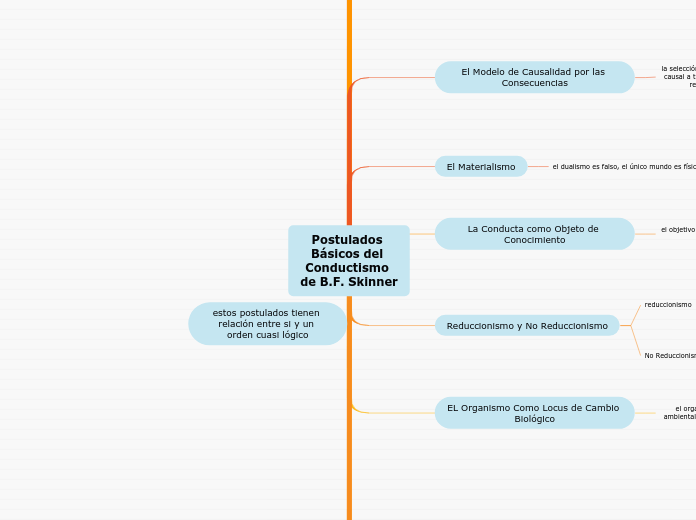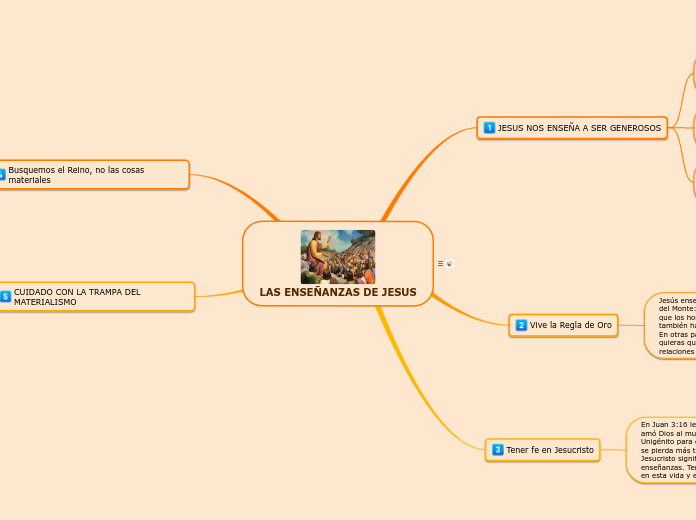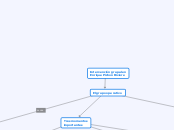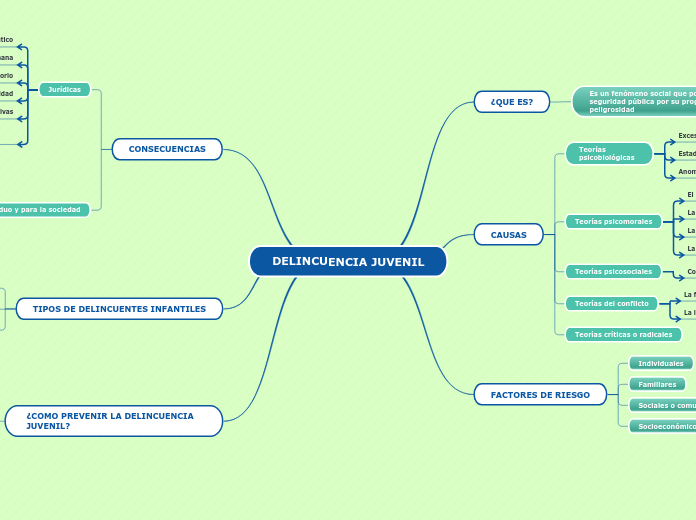estos postulados tienen relación entre si y un orden cuasi lógico
la interrelación entre ellas son las contingencias de reforzamiento
estimulo discriminativo, contingencia y consecuencia reforzante
esta es susceptible de alterar su probabilidad de ocurrencia en presencia de estímulos discriminativos
pues la historia del organismo ante estos estímulos de la conducta ha sido seleccionada por sus consecuencias
la contingencia de estos tres términos constituye la unidad de análisis fundamental de la conducta operante
Postulados Básicos del Conductismo de B.F. Skinner
To name your story, you have to think about the overall message and what you want your audience to understand from the story. Also, make it relevant and easy to remember.
La Generalidad de los Principios Conductuales
toda la complejidad de la actividad humana son conductas a los cuales aplican estos preceptos
el conocimiento
El conocimiento científico es comportamiento verbal
aunque no necesariamente lingüístico. Es un cuerpo de reglas para una acción efectiva, y en un sentido especial puede ser “verdadero” cuando se traduce en la acción más efectiva posible.
la conciencia
de una naturaleza socio-verbal podía verse restringida quizá, las demás personas
arreglan las contingencias verbales para que podamos describir nuestro comportamiento, permitiéndonos establecer reglas entre este comportamiento y las variables que lo controla
el pensamiento
el hombre pensante es simplemente el hombre que se comporta, el pensamiento es conducta tanto verbal como no verbal, abierta o cubierta, débil o fuerte.
el lenguaje
la conducta verbal lo llevó a reconocer la naturaleza compleja de las relaciones que controlan aquellas operantes que tienen que ver con lo que los psicólogos llaman procesos cognoscitivos
El Control de Estímulos del Condicionamiento Operante
la formulacion adecuada de la interaccion entre un organismo y su ambiente siempre debe especificar tres cosas
las consecuencias reforzantes
las respuestas en si mismas
las circunstancias en las cuales ocurre la respuesta
La Clasificación de la Conducta Respondiente y Operante
hay dos grandes clases de conducta o específicamente, de relaciones funcionales
Operante (conducta voluntaria)
el termino operante es un enfatiza sobre el hecho de que la conducta opera sobre el ambiente generando consecuencias
a través del condicionamiento operante pueden fortalecerse (reforzarse) nuevas respuestas mediante acontecimientos que ocurren enseguida de la conducta
la conducta operante se define por la relaciones funcionales que se dan entre clases de respuestas y las consecuencias ambientales
se aplica el modelo de causalidad por la concecuencias
Respondiente (conducta involuntaria o refleja)
las respuesta dadas previamente por la selección natural pueden ponerse bajo el control de nuevos estimulos
la relación funcional de este tipo son verdaderas respuesta en la medida que responde a eventos inmediatos previos
aplica con la causalidad mecánica y sus relaciones funcionales son estimulo-respuesta básicamente
EL Organismo Como Locus de Cambio Biológico
el organismo cambia a través de la historia ambiental y evolutiva, y los cambios son biológicos
la gente cambia con las contingencias de reforzamiento, pero no alamacenan información acerca de ello y como resultado este se comporta de manera diferente
ambas clases de contingencias (ontogenéticas y filogenéticas) cambian al organismo
de tal manera que este se ajusta a su ambiente en el sentido de comportarse de manera mas efectiva
Reduccionismo y No Reduccionismo
No Reduccionismo
la conducta no puede ser explicada totalmente en términos de la biología o cualquier otra disciplina de niveles" mas básicos"
no necesitamos a la anatomía ni la fisiología para para observar como la conducta del individuo cambia por su exposición a las contingencias de reforzamiento durante su vida
el análisis funcional tiene prioridad mas alta que el análisis fisiológico
reduccionismo
el organismo que se comporta, eventualmente podrá describirlo el anatomista y el fisiólogo
ellos nos darán información de la dotación genética y explicaran como esta dotación cambia durante la vida
el objeto de estudio de la psicología es reductible, al menos en cuanto a la biología
La Conducta como Objeto de Conocimiento
el objetivo de la ciencia psicológica es la conducta y nada mas que eso
la conducta debía ser tratada como materia de conocimiento por derecho propio
se puede predecir y controlar la conducta sin conocer nada de lo que esta pasando dentro, aunque un análisis completo requeriría la acción conjunta de ambas ciencias.
la conducta de los organismos, ya sean humanos o de otro tipo
entonces es parte de una ciencia natural cuyos métodos están probados, son efectivos y están disponibles
El Materialismo
The ending of a story is essential. We all know that if the ending is weak, what happened before loses its importance. So make it unpredictable, but fair. A resolved ending answers all the questions and ties up any loose threads from the plot.
el dualismo es falso, el único mundo es físico
This is the closure section of the story.
See examples of possible outcomes below:
- all problems have been solved
- it's clear how each one of your characters ends up
- your main character is transformed by the challenge
un mundo físico genera tanto acciones físicas como las condiciones físicas necesarias dentro del cuerpo a las cuales responde la persona
cuando una comunidad verbal arregla las contingencias necesarias para que lo haga
los eventos públicos como privados tienen la misma clase de dimensiones físicas
Try answering these questions to come up with a closure:
- Have all the problems been solved?
- Is there a clear picture of what happens with each character in the story?
- Has the challenge transformed your main character?
- How do the characters feel in the end?
El Modelo de Causalidad por las Consecuencias
The middle of the story is where you add layers of complications that will lead to the end. Reveal more about the character's journey. Did their personality go through changes? How did they overcome the challenges? And as you build up the story’s central conflict, make it more personal to that character. Also, from the middle act, you have to lead into the final act.
la selección por las consecuencias el principal modo causal a través del cual el ambiente determina las respuestas de los organismos vivos
Your character(s) need(s) motivation in order to solve the challenge(s).
replanteo el modelo de causalidad de un estimulo antecedente -> respuesta
Secondary characters might also have motives that lead them to cross paths with the main character or which might trigger them to help the main character.
a un modelo operante donde se invierten términos respuestas -> medio ambiente
así como algunas mutaciones genéticas sobreviven o se extinguen por las consecuencias que tienen para la supervivencia
Why does your character need to confront this challenge? What does he/she expect to accomplish by solving it?
See a few examples:
- will marry in 3 days
- can fix the mistakes of the past
de igual manera nuevas formas de conducta son seleccionadas o eliminadas a través del reforzamiento
su modelo causal de selección por las consecuencias aplica tanto a la filogenia como a la ontogenia
Secondary characters also might have motivs beacuse of which they may cross path with main character or which might trigger them to help the main character.
las contingencias ontogenéticas o contingencias de reforzamiento, que seleccionan el comportamiento
las contingencias filogenéticas o contingencias asociadas a la supervivencias, seleccionando lo que parecer ser la conducta heredada
la conducta per se no puede ser heredada, lo que puede ser heredado es la susceptibilidad de las contingencias ontogenéticas
El Locus de Control Conductual
las causas de la conducta se localizan en el ambiente
la combinación de ambos da como resultado el comportamiento que observamos en cualquier momento dado
este "ambientalismo"no excluye factores genéticos
ejerce un efecto distinto durante la vida del individuo
el ambiente hizo su primer gran contribución en la evolución de las especies
El Determinismo
La conducta esta determinada y obedece a las leyes o principios
la principal meta de la ciencia es la predicción y el control
para hacer a la conducta humana accesible al conocimiento científico
La Metodología
Análisis funcional
The time of the story can also change. It can describe the event of a single day or can include an entire year's plot. Anyway, don't forget to mention it.
las relaciones funcionales que se establecen entre ambas partes son las leyes de una ciencia
En experimentación
The weather is an important element in your story because it can highly influence the ambiance and the mood of the characters.
las causas de la conducta son las condiciones externas de las cuales la conducta es la función
The most affected character is the main character. Write down here if he/she is affected by these weather conditions in any way. For example, if they lost a family member or their home during a hurricane, etc.
se adquiere control sobre la variable dependiente (conducta) a través de esta variable independiente (ambiental)
Decide if you want to include an element of nature in your story. For example, a rainbow can be a very nice choice for a happy ending. The mist in a story can represent mystery and secrets. A thunder can appear in the background at the moment when the 'bad guy' of the story makes its appearance, etc.
se manipula la variable independiente y observamos su efecto sobre la variable dependiente
Does your story include catastrophic weather? See a few suggestions below or add your own:
- hurricane, earthquake, storm, etc
Relación entre una variable independiente ambiental y una variable dependiente de tipo conductual
Propósito de la Ciencia
In the beginning of the story (or the exposition), you will need to introduce the setting and characters. You might also want to introduce the main conflict. This part of the story is important because it gives the reader necessary background information and maybe even a first insight into a character’s personality.
Predicción y Control
The setting (time & place) of a story can change throughout the plot.
3 pasos básicos para la construcción de una teoría del comportamiento
Sensory details include sight, sound, touch, smell, and taste. These details are important because they create depth in your setting.
See a few examples below:
- the smell of fresh bread
- the scent of freshly cut grass
- rain falling onto the windshield etc.
desarrollo de conceptos explicatorios (teóricos) de manera inductiva
recabar datos (relaciones funcionales, hechos)
decidir los datos básicos con los que se trabajará (eventos a entender)
A partir de datos empíricos inicialmente
Your story can take place wherever your imagination will take you to.
For example: in an elevator, in an enchanted forest, etc. Don't forget to give details of the environment each time the setting changes, otherwise, the story can be confusing. Also, mention the seasons as each of them has unique weather and events.
predecir y controlar eventos subsecuentes (comprobando las relaciones descubiertas previamente)
establecer relaciones funcionales entre eventos










